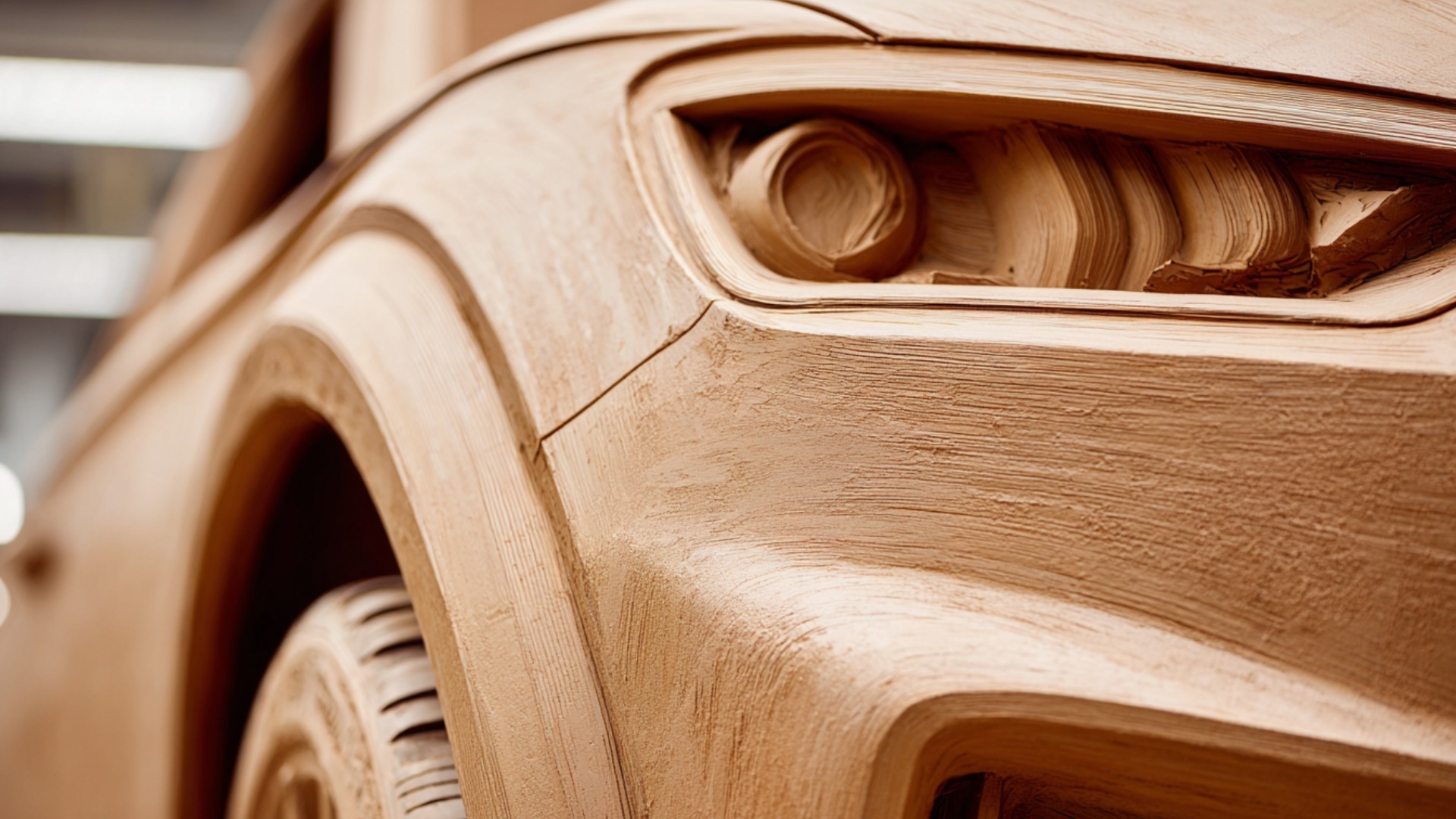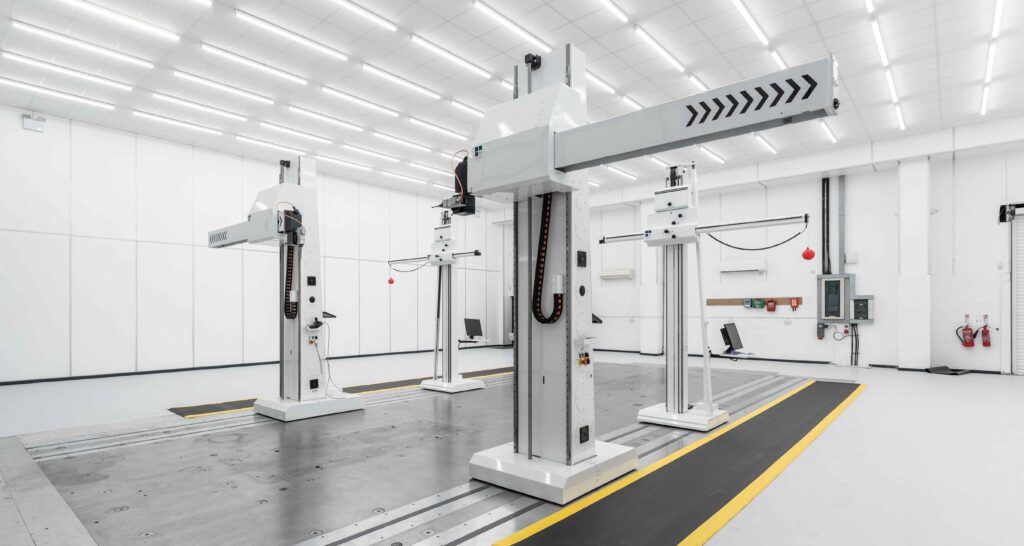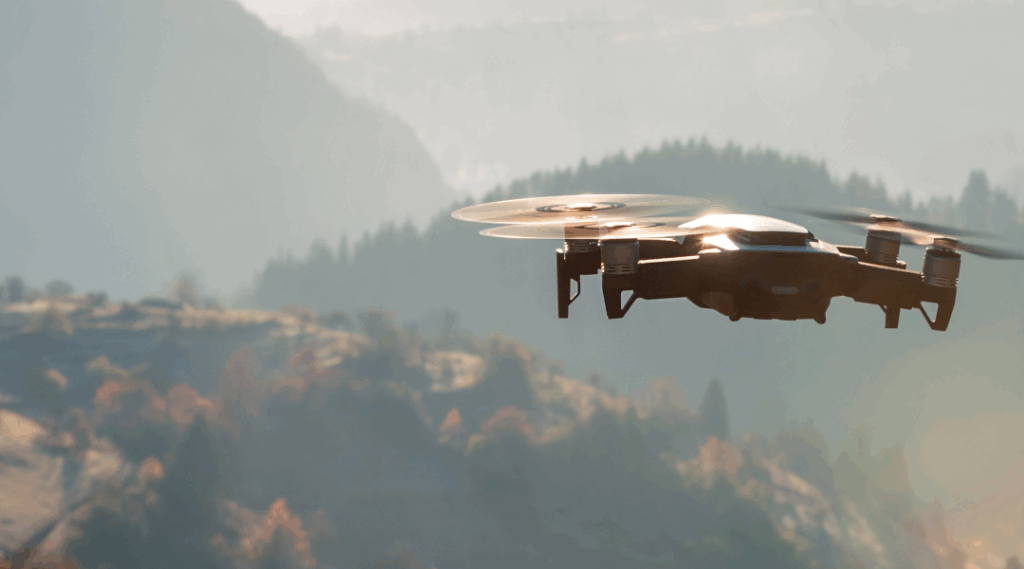
Industry Insight: Clay v Digital – do physical or virtual models compete or compliment?
Posted July 30, 2025
Introduced by General Motors into automotive design in the 1930’s, clay modelling plays a vital role almost a century later. Clay models allow designers to visualise, refine, and showcase their designs before the production of a vehicle. However, technological advancements and a lack of educational resources pose a potential threat to this specialist creative skill.
A Shifting Educational Focus
With the growing dominance of digital design tools, the rising costs of materials and facilities, and shifting student interests, clay modelling is becoming one of many tools in the car design process. This redefined emphasis has serious implications: students have less hands-on, tactile learning; and digital models may be mathematically correct, but they cannot always achieve the visual solution the human eye is looking for. The industry faces a widening generational skills gap as experienced modelers no longer come through a traditional pattern making or model making route and retire without adequate replacements. Although a few institutions still offer clay modelling opportunities, they remain the exception rather than the norm.
A Necessary Process
Clay modelling remains an essential part of the automotive design process. Manufacturers rely on clay models for full-scale mockups, pre-production ergonomic & aerodynamic testing, and to present a physical model to stakeholders for sign-off. They allow designers to understand proportions, curves, and surfaces in their designs and make refinements easy where necessary. Clay models are therefore a vital step between digital design and production to ensure designs are visually appealing and functional.
Disappearing or Evolving?
Clay modelling isn’t vanishing – it’s adapting alongside evolving digital technologies. It remains a fundamental part of the design process in leading transportation studios. Today’s designers embrace a hybrid workflow, integrating 3D digital modelling with traditional clay sculpting to harness the strengths of both. Advanced tools like CNC milling and 3D scanning enable precise, efficient model refinement, accelerating design iterations while preserving the tactile feedback that only physical modelling provides.
Supporting Clay Modelling
The skill of a Clay Sculptor is irreplaceable in transportation design and will continue to evolve with technological advancements, but only with the support from education and the transportation industry. Encouraging students to study clay modelling, offering mentorship programs & hybrid courses, and investing in facilities can ensure that the link between digital creativity and physical models will continue to evolve together.


